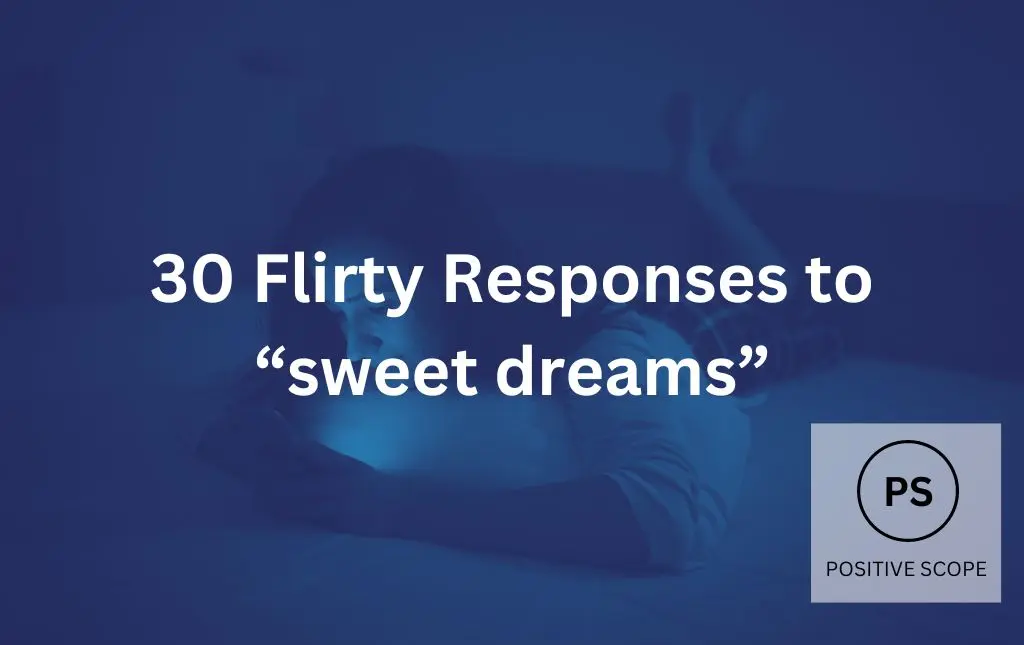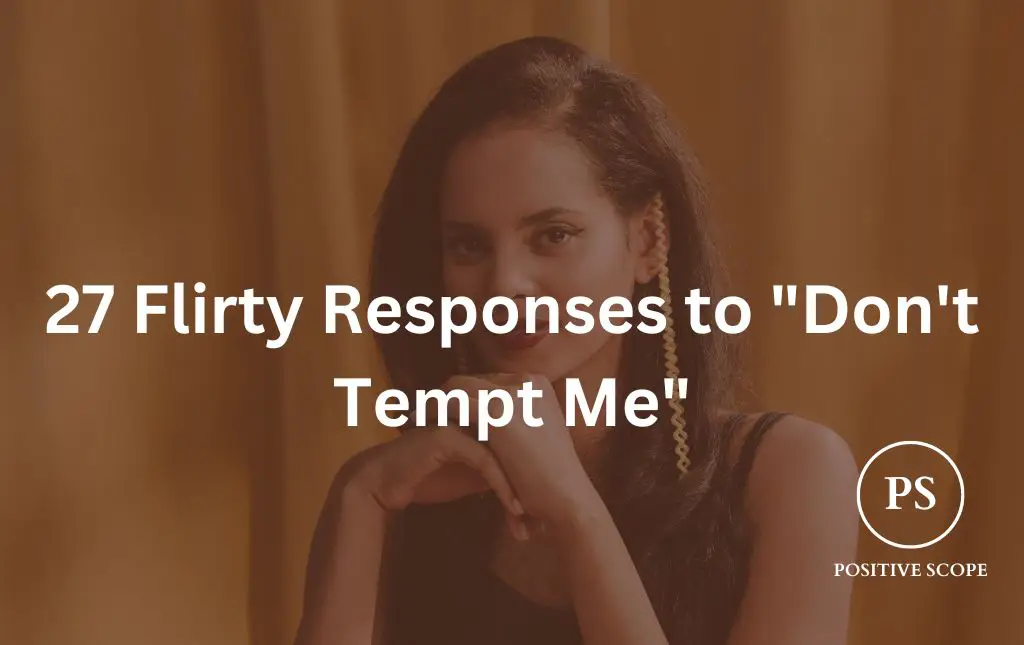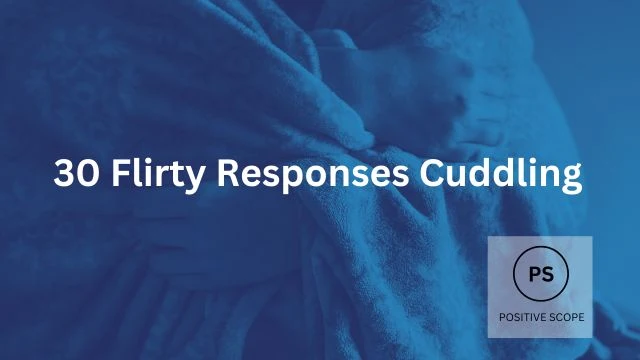What Does 🙃 Mean When Flirting?
Some emojis are straightforward, like a smiling face conveying happiness or a thumbs up indicating approval.
But then there are emojis that can leave you scratching your head, like the upside-down smiley face 🙃.
What does it mean? Is it meant to be funny? Sarcastic? Frustrated? Well, buckle up, because we’re about to dive into the world of the 🙃 emoji and uncover its hidden meanings.
What does 🙃 mean when flirting?
The upside-down smiley face emoji can be seen in light-hearted, flirtatious exchanges. It tends to add a playful tone to the conversation, indicating romantic interest.
The use of multiple consecutive 🙃 emojis usually indicates the sender is trying to maintain a light, breezy, and playful tone in the conversation.
It’s a way of saying, “I’m just goofing around,” and can often serve as a green light to continue the flirty banter.
Examples:
- “Getting lost in your eyes… I mean in our conversation 🙃🙃🙃”
- “Oh, am I making you blush? How adorable 🙃🙃”
- “I promise, I’m usually not this smooth 🙃🙃🙃”
- “Fancy seeing you here 🙃”
- “Oh, you noticed my new profile picture? 🙃”
- “Be careful, or you might actually make me start liking you 🙃”
1. Playfulness
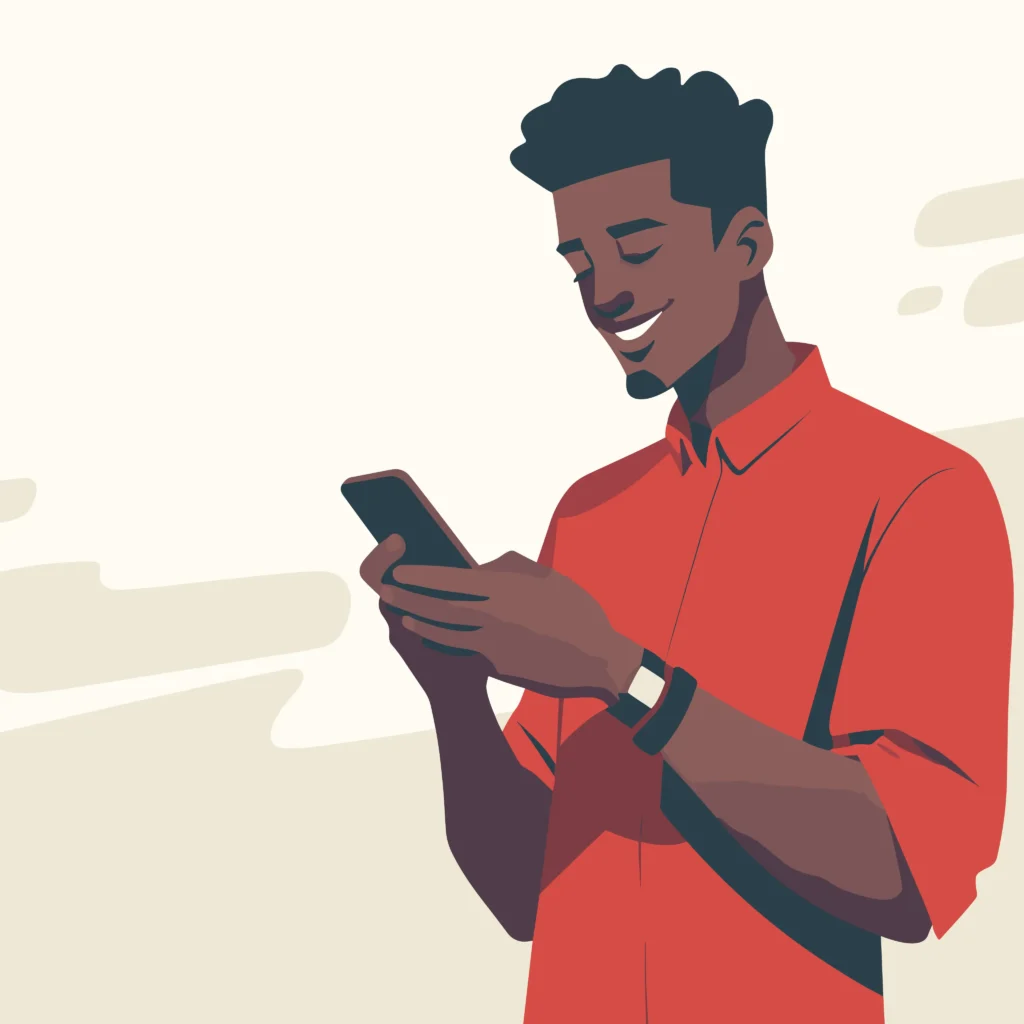
The upside-down smiley is a playful addition to flirty conversations. It adds a sense of fun and joy, keeping things light-hearted.
Gender studies experts have shown that flirting serves as an effective negotiation strategy.
So, when someone playfully flirts with you over text and uses an upside-down smiley like 🙃, it signals their intent to spark a lighthearted, flirtatious dynamic.
- “Maybe you can show me around town sometime 🙃”
- “Mind if I steal a sip of your drink? 🙃”
- “I bet I can guess your favorite color 🙃”
- “Hope you’re saving me a dance at the party tonight 🙃”
You can also check: How to Respond to 😉 Emoji
2. Sarcasm and Irony
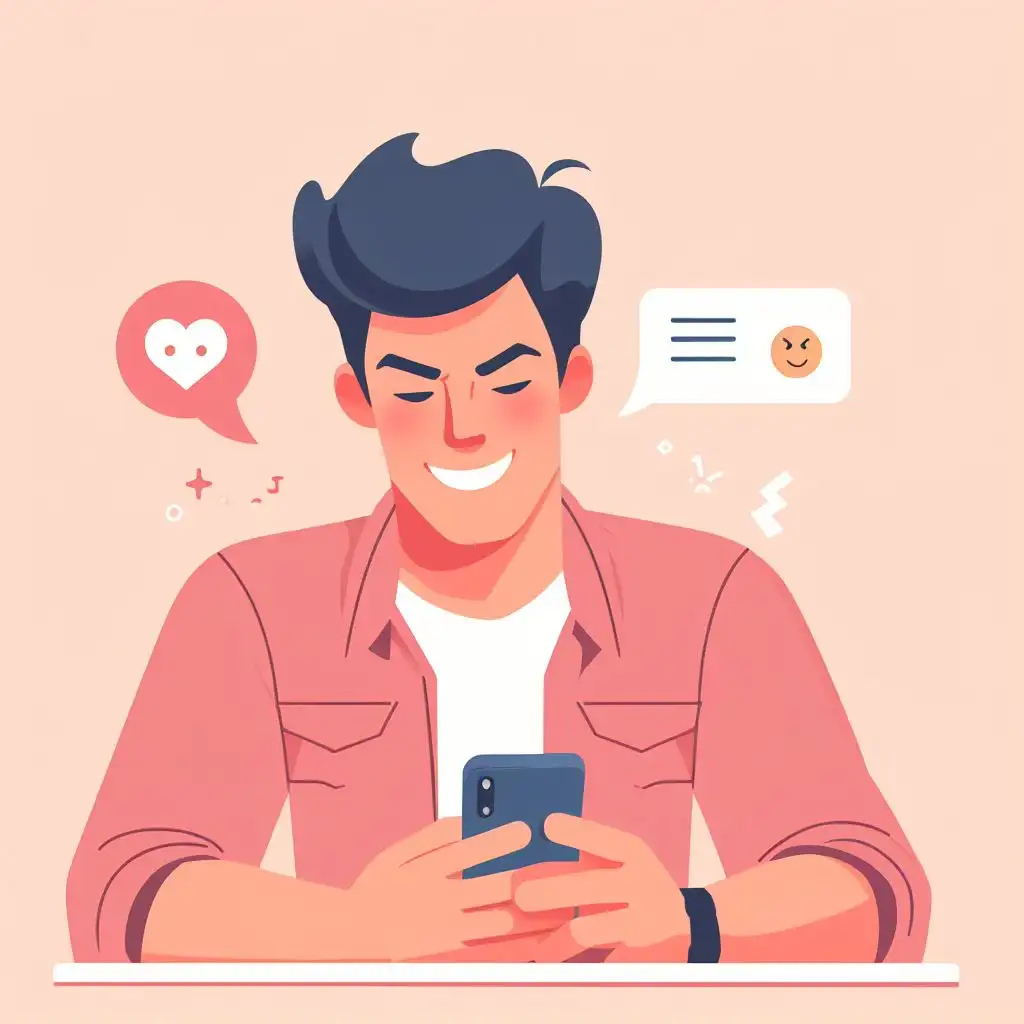
The 🙃 emoji is often used as a tone indicator for sarcasm or irony. It implies that what is being said may not necessarily be taken at face value. It’s a humorous way to highlight the dry wit or irony of a statement.
- “Oh, wonderful. It’s raining on my day off 🙃”
- “Just what I needed… more paperwork 🙃”
- “Yes, I’m thrilled about having to work late tonight 🙃”
3. Teasing
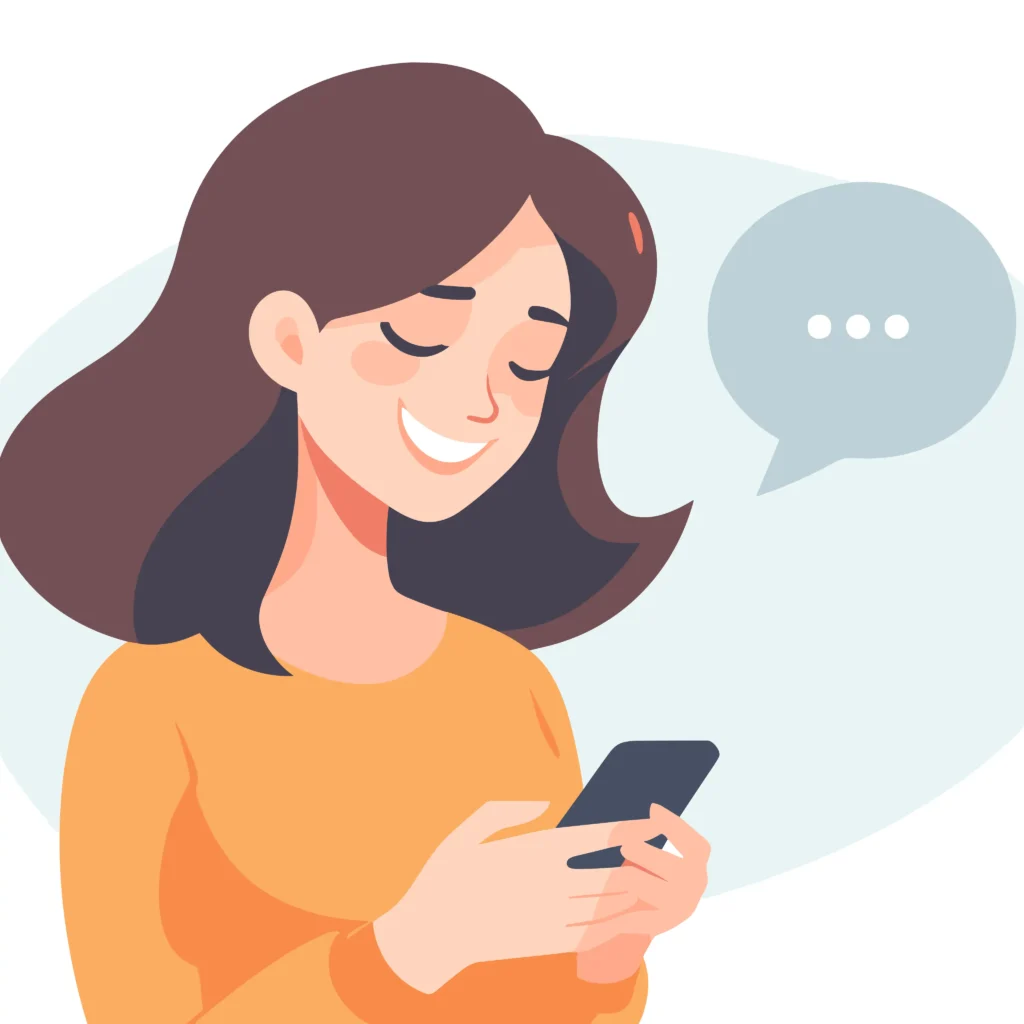
The upside-down smiley face can also be used to tease someone in a playful manner.
It’s a way of saying, “I’m just joking,” or, “Don’t take it too seriously.”
It’s often used in friendly banter or light-hearted ribbing between friends or acquaintances, adding a sense of fun and playfulness to the conversation.
Examples:
- “Did you really just trip over your own feet? 🙃”
- “I bet you say that to all the girls 🙃”
4. Testing the Waters

The upside-down smiley face can also indicate a person is ‘testing the waters’, in terms of gauging the reaction of the other person in a conversation.
It serves as a subtle way to introduce a new idea or approach and assess the response.
Examples:
- “I was thinking we could go on a road trip…just mulling it over though 🙃”
- “What if we spent Christmas with my family this year? Just throwing it out there 🙃”
5. Indirect interest

The emoji can indirectly express romantic interest without being too forward, especially in the initial stages of a relationship.
It can help communicate feelings of attraction or interest without making the conversation too serious.
Examples:
- “I heard the new movie is really good, maybe we should see it sometime 🙃”
- “You like that band too? We should go to their concert together 🙃”
- “Your cooking sounds amazing. Maybe I can try it someday 🙃”
6. Adding Humor Through Self-Deprecation
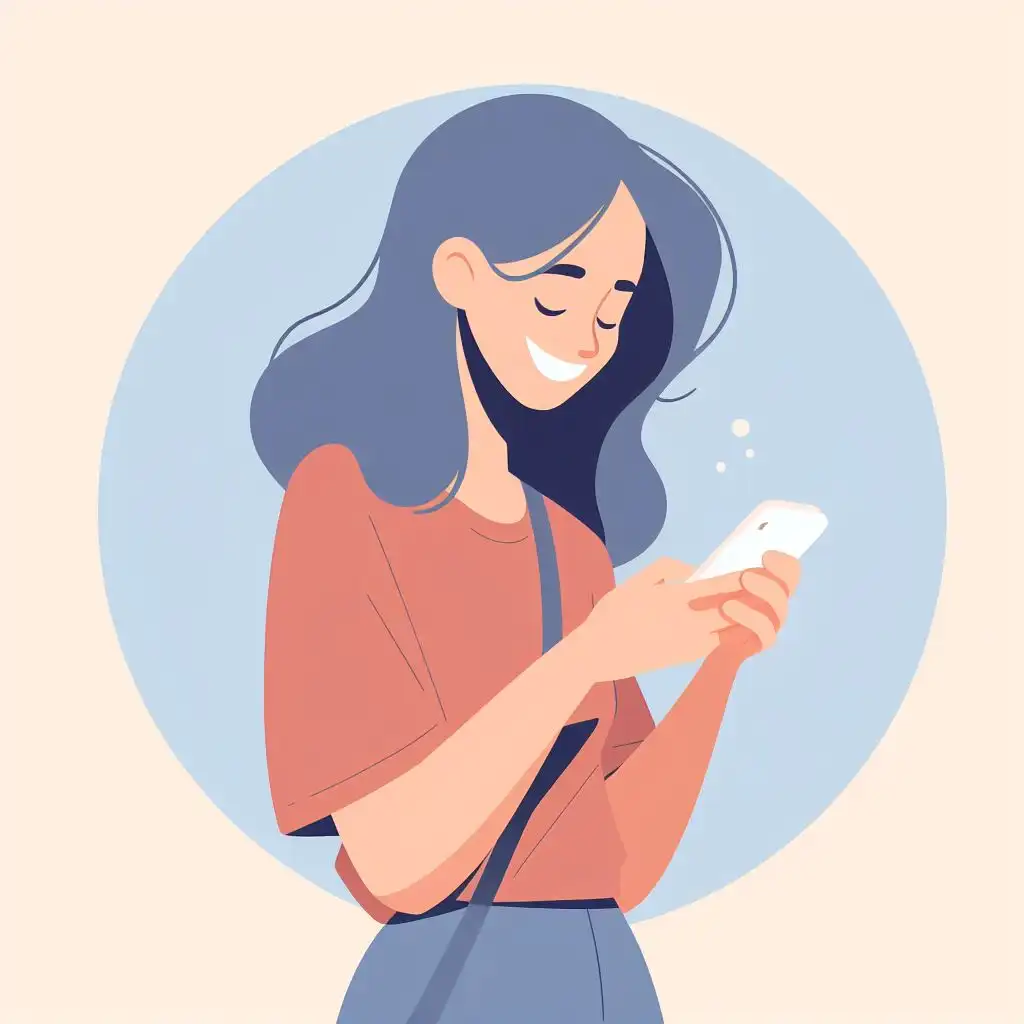
It can convey self-deprecating humor, making the sender appear modest and down-to-earth.
Examples:
- “Me, charming? You must have confused me with someone else 🙃”
- – “Just aced that test I didn’t study for. Just my usual luck 🙃”
- “Oh, don’t mind me. Just tripped over thin air 🙃”
7. Light-hearted sarcasm
One of the main reasons people use the 🙃 emoji is to show light-hearted sarcasm or to make a playful dig at someone or something.
It’s a way of adding a touch of humor to a conversation, while still maintaining a cheerful tone.
Examples:
- “I just love it when my vacation ends and I have to go back to work 🙃”
- “Oh great, another meeting that could have been an email 🙃”
- “I enjoy waking up at 4am for flights, said no one ever 🙃”
- “Sure, I totally love being the third wheel 🙃”
8. Encouraging Playful Interaction
It could act as a green light, encouraging the recipient to reciprocate the playful, flirty interaction.
Examples:
- “I’m sure you could beat me at pool. Would you like to try? 🙃”
- “Feeling brave? Why not join us for karaoke tonight? 🙃”
- “I bet you can’t guess my favorite movie 🙃”
- “I heard you’re a great cook. Care to prove it? 🙃”
9. Unspoken attraction
Flirting often involves being coy and leaving questions unanswered, creating a sense of mystery.
It’s a tactic used to keep the other person intrigued and interested, especially in the early stages of dating.
Using the upside-down emoji 🙃 can further enhance this strategy. Its unique orientation conveys a sense of playfulness and shyness in your texts, signaling flirtatious intent without explicitly stating it.
The emoji adds a touch of ambiguity, leaving the recipient to ponder your true feelings and motivations.
Examples:
- “Hmmm, I wonder who has been making my day brighter recently 🙃.”
- “Do you think you can handle my level of craziness 🙃?”
- “We seem to bump into each other a lot. Coincidence, maybe? 🙃”
- “I’ve been having some very interesting dreams lately…🙃”
- “Stop asking me what I have planned for _the weekend. You’ll just have to wait and see 🙃.”
What to consider when using the 🙃 emoji
When using the 🙃 emoji, consider these factors:
- Context Matters: The meaning of the 🙃 emoji can change depending on the conversation. Ensure it fits the context.
- Tone Indicator: Use it to convey sarcasm, dry humor, or exasperation. It helps avoid miscommunication.
- Flirting: In flirting, it can indicate playfulness and subtlety. Be aware of its frequency; too many might send mixed signals.
- Expressing Emotions: It’s great for conveying embarrassment, frustration, or acceptance. It’s versatile for sharing emotions.
- Acknowledge Others: If someone uses 🙃, show empathy or use appropriate emojis like 😬, 🤣, or 😂 to respond.
- Avoid Overuse: Use 🙃 judiciously to prevent misunderstandings. Too many emojis can clutter your message.
Emojis can be open to interpretation, so be mindful of the context and your intentions when using them.
RELATED:
- 32 Ways to Respond to a Heart Emoji For Every Situation
- 54 Ways to Respond to a Kissy Face Emoji For Every Situation
Final Thoughts
The 🙃 upside-down smiley face emoji, with its myriad of interpretations and uses, is a prime example of how emojis have evolved beyond simple pictorial representations.
They have become a significant part of modern language, enriching our communication with depth and nuance.
Use the 🙃 emoji wisely to add flavor, sarcasm, humor, and a range of other tones to your digital conversations.
Just remember, like all communication tools, context is key.

